
© Raymond PrestonRugby players Jaque Fourie, Andre Pretorius and Jannes Labuschagne enjoy - or perhaps tolerate - an ice bath after a training session.
Training sessions for major sports events are gruelling. For mere mortals they can appear to be the pastime of superheroes.
Not only are there intense hours of high-performance exercises but some sportsmen like Britain's athlete Mo Farah adopt weird and inventive methods to increase their performance.
According to the Samsung Global Blogger, Farah uses an anti-gravity device and underwater treadmill to supplement his 195km-a-week running regime.
For many, cooling down after exercise involves a gentle stretch of the calf muscles and a bending over to the left and right of the abdomen - nothing too strenuous .
But Farah spends time in ice chambers that use liquid nitrogen. This might seem weird, but taking an ice bath after training has become standard practice.
Cooling or recovery techniques used usually include more traditional methods such as massage, stretching sessions, steam baths, yoga and swimming. But many athletes now claim that plunging into a tub of ice water (about 6C) after exercise increases their rate of recovery and helps reduce muscle pain.
Rocco Meiring, a swimming coach at Pretoria University's High Performance Centre, says: "This method is used for leg-intensive sports like rugby, soccer, cricket and athletics. Ice baths are often used in combination with hot baths or saunas after an intense training session or conditioning work."
So, how does an ice bath, and the combination of cold and hot, improve the speed and quality of recovery? Is there evidence that it works?
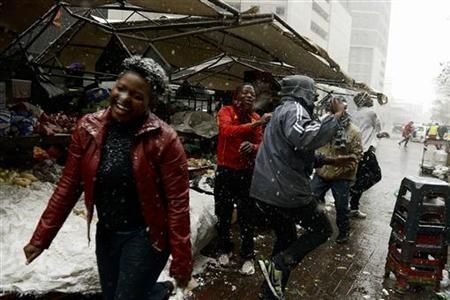
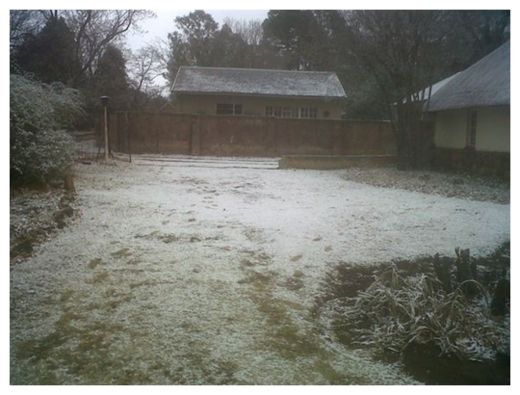
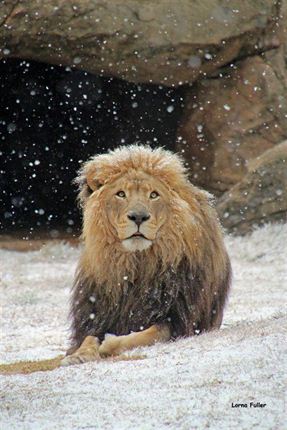
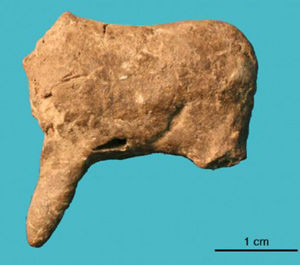
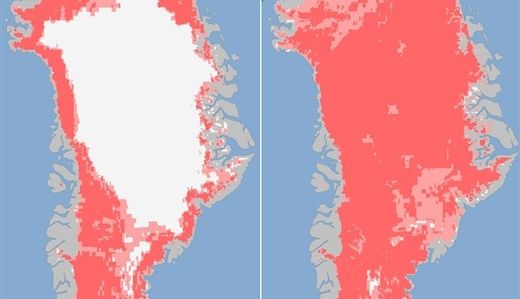


Comment: Again we see that history is far from being a straight upward trend of 'progress'. What if the reason why artistic traditions can spring up, become lost, then re-emerge is because cyclical cataclysms periodically intervene?
The Golden Age, Psychopathy and the Sixth Extinction